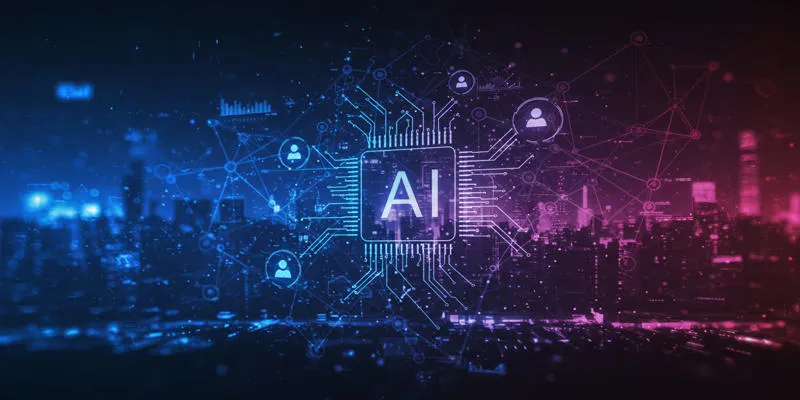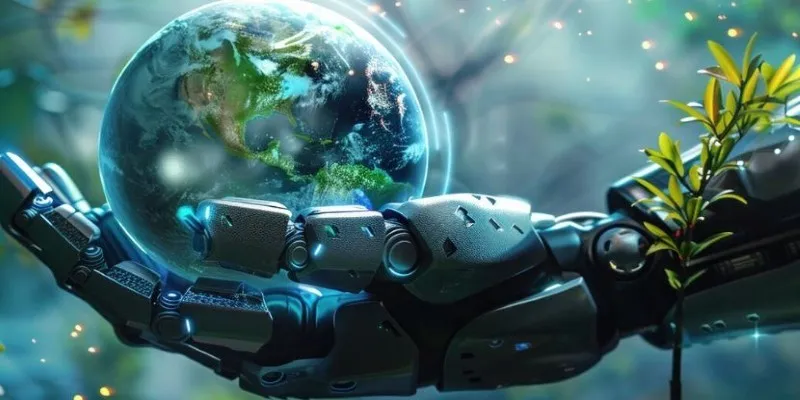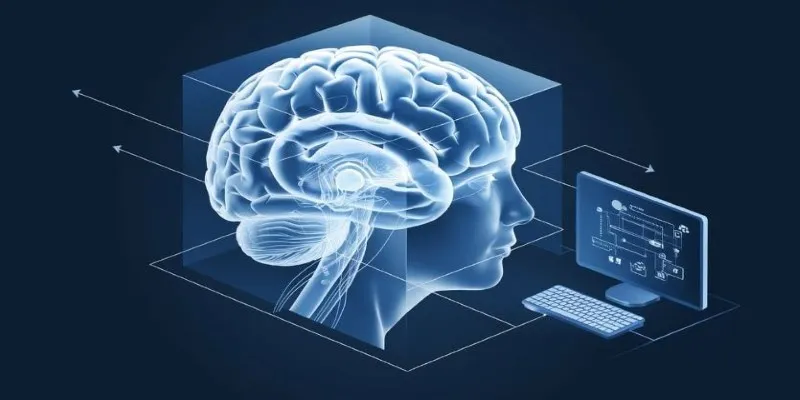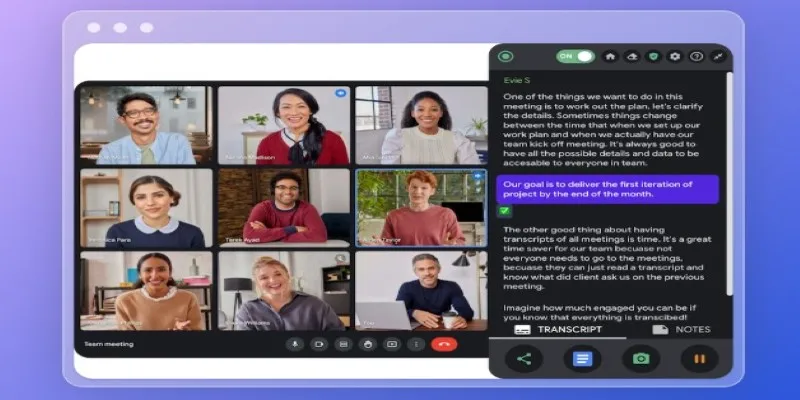Observing ants moving in harmony or birds flying in sync may appear random, but it showcases “Swarm Intelligence,” a concept inspired by nature’s simpler creatures. Instead of relying on a central leader, Swarm Intelligence involves multiple agents working together to solve intricate problems through decentralized control.
This intriguing principle has infiltrated advanced technology, impacting areas such as robotics, optimization algorithms, traffic management, and even coordinated drone or satellite maneuvers. By studying nature’s examples — ant colonies and particle swarms — scientists have gleaned valuable insights, demonstrating how even the smallest creatures can offer lessons in addressing significant challenges.
The Concept of Swarm Intelligence
Swarm Intelligence explores collective behavior in decentralized systems, where numerous agents follow simple local rules without centralized management. Despite each agent’s simplicity, their interactions produce highly organized and intelligent behavior. This concept borrows heavily from nature, where systems like ant colonies showcase how basic behaviors can lead to efficient problem-solving.
Ants, for example, utilize pheromones for communication, leaving trails for other ants to follow to food sources. As more ants follow a trail, it becomes stronger, reinforcing the shortest and most direct route back to the nest. This behavior inspired the development of the Ant Colony Optimization (ACO) algorithm, which employs artificial “ants” to solve problems optimally across various fields, from delivery routes to network planning.
Particle Swarm Optimization (PSO), another Swarm Intelligence-based technique, mimics the flight patterns of birds or fish. PSO involves a swarm of particles adjusting their flight paths based on personal and shared experiences, moving toward an optimal solution. Similar to birds in flight, the swarm benefits from feedback and adaptability to respond to changing conditions.
Swarm Intelligence relies on decentralized decision-making, feedback loops, and collaborative problem-solving. It presents an effective approach for optimization and practical applications, showcasing how nature’s basic agents can cooperate to achieve extraordinary results.
Ant Colonies and Their Influence on Algorithms
Ant colonies have long captivated researchers due to their problem-solving abilities. Despite the simplicity of individual ants, their colonies manage complex tasks like nest-building, foraging, defense, and environmental regulation. This contrast — simple individual behavior leading to advanced group outcomes — makes them ideal models for Swarm Intelligence.

Marco Dorigo developed the Ant Colony Optimization algorithm (ACO) in the early 1990s. ACO operates on the principle that artificial ants can solve optimization problems by simulating pheromone deposition and tracking behavior. These virtual ants explore various paths in a graph, akin to real ants searching for food. Paths with higher pheromone levels represent superior solutions, attracting more ants and reinforcing those routes.
For example, in telecommunications, ACO has been utilized to determine the shortest paths for data packets through a network. In logistics, it aids companies in finding the most efficient delivery routes. In robotics, ACO enables robots to coordinate their movements during search-and-rescue missions or exploration tasks.
Ant colonies exhibit resilience and fault tolerance. Even if some ants are lost or misled, the colony continues to function efficiently. This resilience has guided the design of decentralized systems where failures are anticipated but should not lead to system collapse.
Furthermore, ant-inspired algorithms emphasize local communication. In an ant colony, there is no central authority. Each ant operates based on its local environment and the information left by its peers. This principle has been directly applied to systems like wireless sensor networks, where individual sensors must collaborate without central control to monitor vast environments.
In many ways, Ant Colonies and Particle Swarms represent two facets of Swarm Intelligence — one grounded in ground-based exploration and pheromone-driven coordination, the other in continuous, fluid motion propelled by social information sharing.
Particle Swarms and Their Application in Problem Solving
Particle Swarm Optimization is another potent tool of Swarm Intelligence inspired by the social behaviors of animals like birds and fish. Developed by James Kennedy and Russell Eberhart in 1995, PSO operates on the concept that a swarm of particles — representing potential solutions — can navigate a virtual space to find the best solution to a problem.

Each particle possesses a position and velocity, with its movement adjusted based on two critical factors: its own best-known position and the best-known position of the entire swarm. This dual influence mirrors how animals in a flock or school adjust their directions based on personal experience and the positions of their peers.
One of PSO’s primary strengths is its simplicity. It requires fewer parameter adjustments than other optimization algorithms, yet it yields highly competitive results. PSO has found applications in various fields, from optimizing machine learning models to fine-tuning complex control systems in engineering. It is also employed in financial forecasting, game development, and medical diagnosis.
Particle Swarms excel in continuous optimization problems — scenarios where solutions exist on a spectrum rather than as discrete choices. The collaborative nature of PSO enables particles to avoid getting stuck in local optima, a common issue in optimization where solutions settle for “good enough” rather than the best possible outcomes.
Moreover, PSO illustrates how Swarm Intelligence thrives without central control or complex directives. Success stems from simple behaviors repeated many times, leading to emergent intelligence. Just like Ant Colonies, Particle Swarms underscore the importance of decentralized coordination, local decision-making, and learning from individual and collective experiences.
Both Ant Colonies and Particle Swarms have revolutionized problem-solving in artificial intelligence, producing flexible, adaptable algorithms that excel in uncertain environments.
Conclusion
Swarm Intelligence showcases the potential of decentralized systems and simple behaviors in resolving complex problems. By drawing inspiration from nature, such as ant colonies and particle swarms, we can develop efficient algorithms for optimization and decision-making. These systems thrive on adaptability, feedback, and collective intelligence, providing valuable solutions across domains like robotics, logistics, and AI. Swarm Intelligence proves that intelligent outcomes can emerge from the interactions of simple agents collaborating toward a common objective.
 zfn9
zfn9











